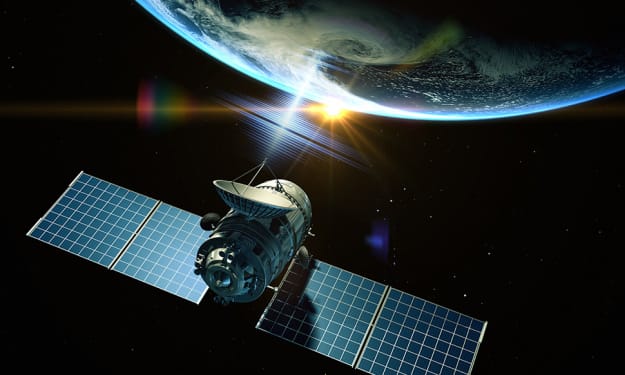Unearthly Lunar Wonders: The Fascinating and Unbelievable Secrets of the Moon
Lunar Revelations: Unlocking the Mysteries of Our Celestial Neighbor

The call center is buzzing with activity as reports flood in about a strange phenomenon on the moon. Amateur astronomers from around the world have witnessed an unexpected bright light on the lunar surface, reminiscent of a powerful spotlight. Scientists are baffled and working diligently to uncover the cause.
Initially, the suspicion fell on the glow of an airplane passing between the observers and the moon, but this explanation couldn't account for the widespread sightings. The next hypothesis involved Starlink satellites, but this too failed to explain the static nature of the lunar flashes.
As scientists strive to unravel the mystery, a cutting-edge telescope near Seville, Spain, is being used to investigate the phenomenon further. This telescope boasts two remote-controlled cameras, which, if both detect any unusual event on the moon's surface, will zoom in for a closer look. The challenge lies in teaching these cameras to differentiate between an unexplained lunar phenomenon and common sources of light, such as airplanes, satellites, or meteorites.
While the telescope diligently scrutinizes the moon, scientists have developed a theory to explain the appearance of these luminous flashes. The moon, which influences Earth's tides with its gravitational force, can also experience tidal forces from our planet. When the moon comes closest to Earth in its orbit, these tidal forces reach their peak. This gravitational interaction may cause fissures in the lunar surface to open, releasing gas from its interior. A powerful jet of gas lifts lunar dust with it, creating the illusion of a bright flash when this dust reflects sunlight. This phenomenon, known as "transient lunar phenomena," can often appear as sudden flashes on the moon's surface.
While scientists continue to explore the lunar mystery, it's worth noting that such unusual occurrences on the moon are not unprecedented. The history of lunar observations is peppered with bizarre and mystical phenomena. In 1178, five monks reported witnessing the moon splitting into two horn-shaped sections, emitting fire and sparks, and pulsating before returning to its calm state. While these accounts may seem fantastical, they remain unexplained to this day.
Another intriguing phenomenon involves blue and red lights observed on the moon when it's in its crescent phase, particularly in the Aristarchus crater. These transient lunar phenomena are attributed to electrical activity generated by mechanical stress in the moon's rocks, producing blue flashes.
In addition to flashes, the moon can experience starbursts caused by meteorite impacts. Due to the absence of an atmosphere, meteorites don't burn up upon approaching the moon's surface, resulting in explosive impacts and visible starbursts.
Recent studies have also suggested that the moon possesses a tail, akin to a comet's tail, composed of sodium atoms. Earth regularly passes through this lunar tail, which is generated when meteorite impacts on the moon release sodium atoms into space. While this sodium tail is invisible to the naked eye, high-powered telescopes can occasionally detect its faint yellowish glow.
Beyond lunar mysteries, scientists have made intriguing discoveries in space, such as the existence of "odd radio circles" that are only visible in radio telescopes. Some astronomers even speculate that these enigmatic circles could be the throats of wormholes, hypothetical tunnels connecting black holes.
Fast radio bursts, incredibly bright radio wave bursts lasting mere milliseconds, have been detected emanating from distant galaxies. Some originate from magnetars, extremely magnetic neutron stars. The discovery of fast radio bursts within our Milky Way suggests that these phenomena have sources closer to home.
The moon continues to surprise scientists, with recent findings indicating the presence of not just water on its dark side but also on its sunlit side. This discovery holds promise for future lunar missions and potential lunar colonies.
While the moon may appear serene and unchanging, it harbors numerous mysteries, from its transient lunar phenomena and strange lights to its tail of sodium atoms. As we explore these lunar enigmas, the moon's secrets slowly unravel, offering us a deeper understanding of our celestial neighbor.
About the Creator
Reader insights
Outstanding
Excellent work. Looking forward to reading more!
Top insight
Easy to read and follow
Well-structured & engaging content





Comments (1)
6